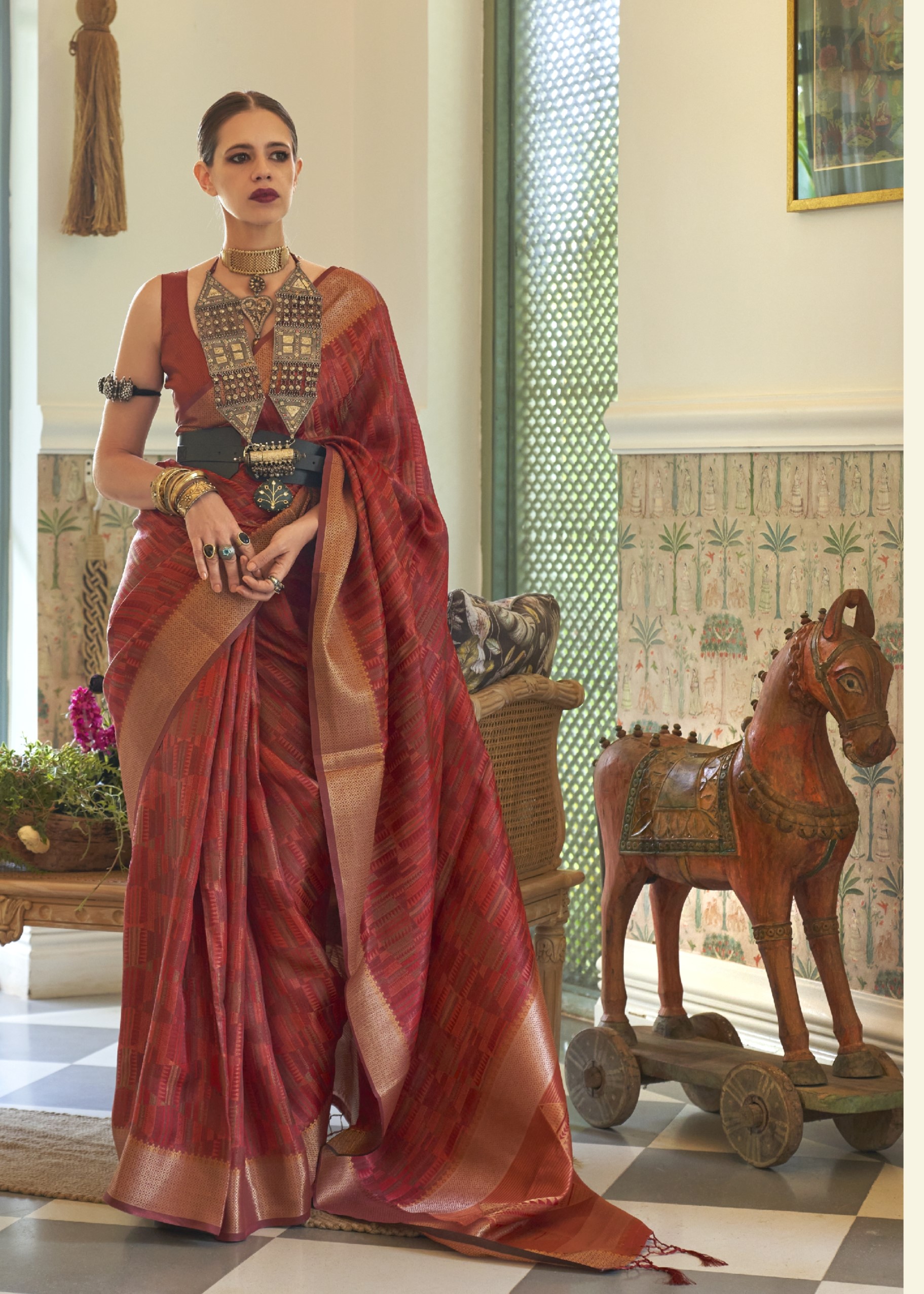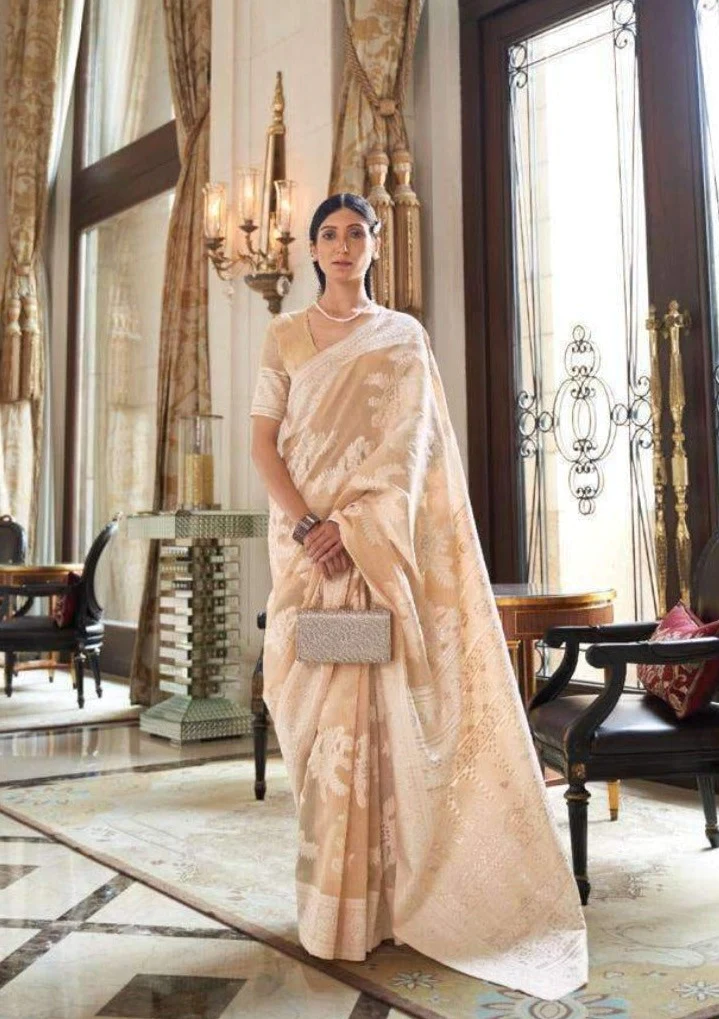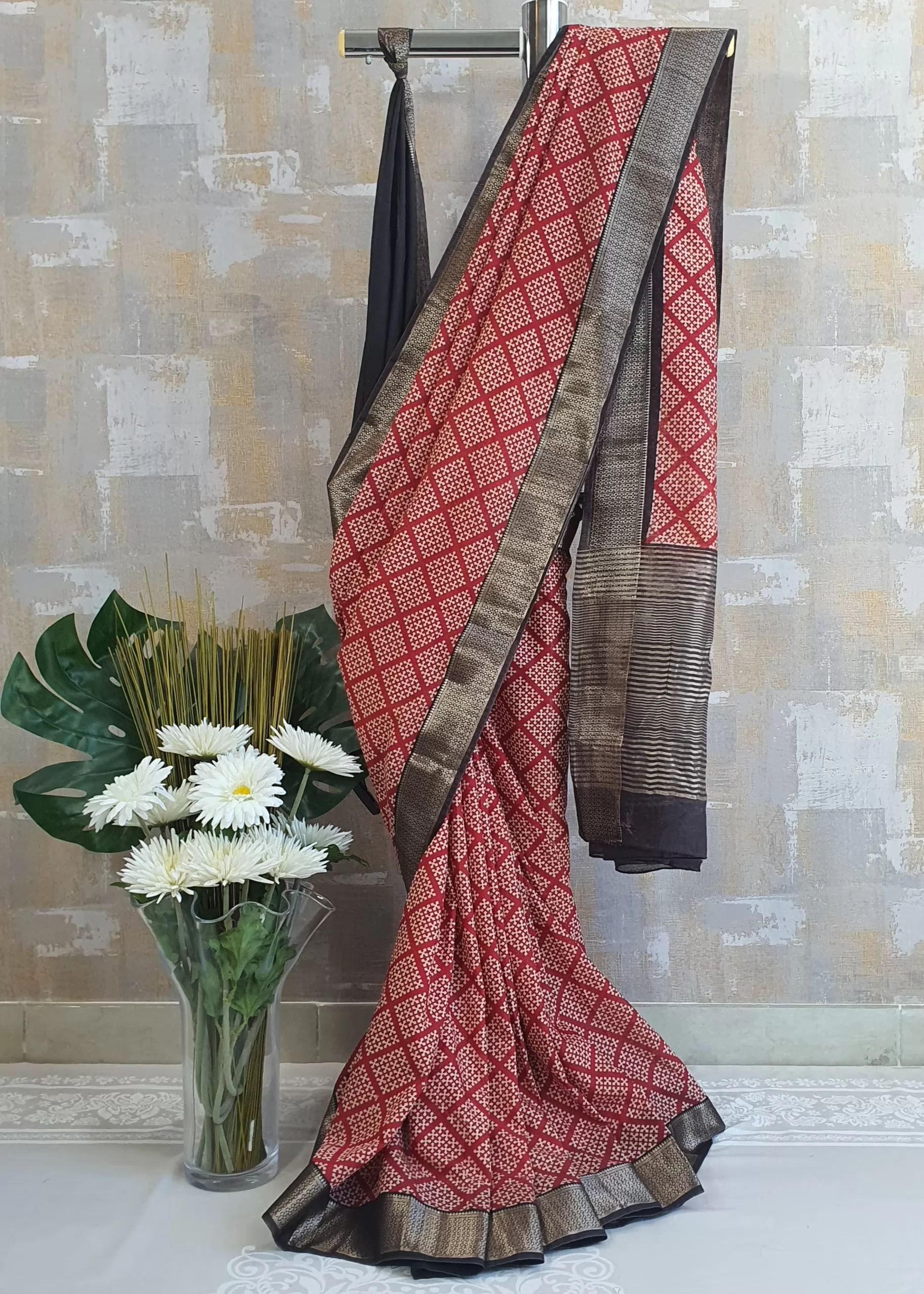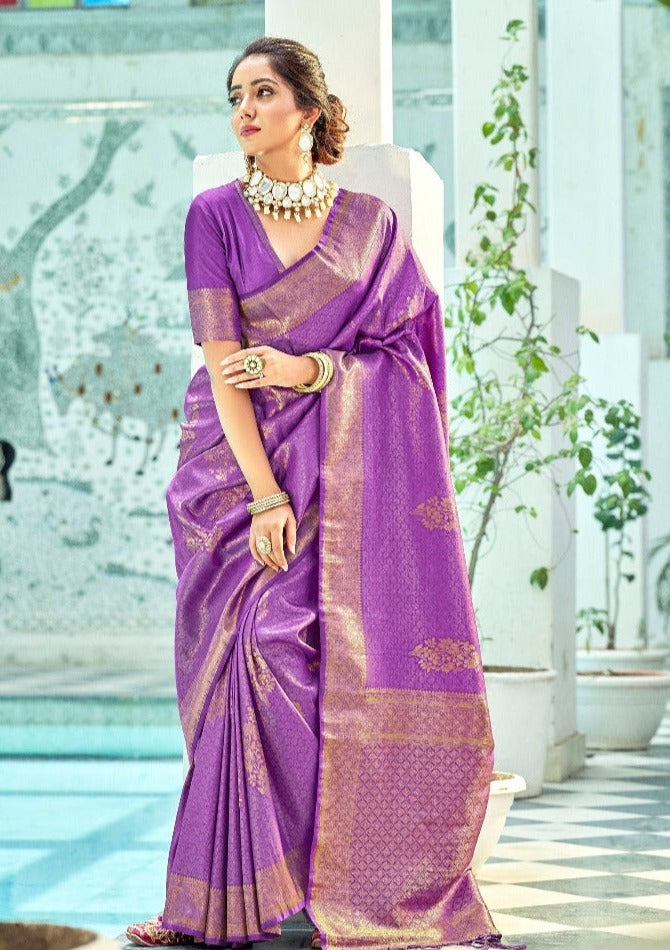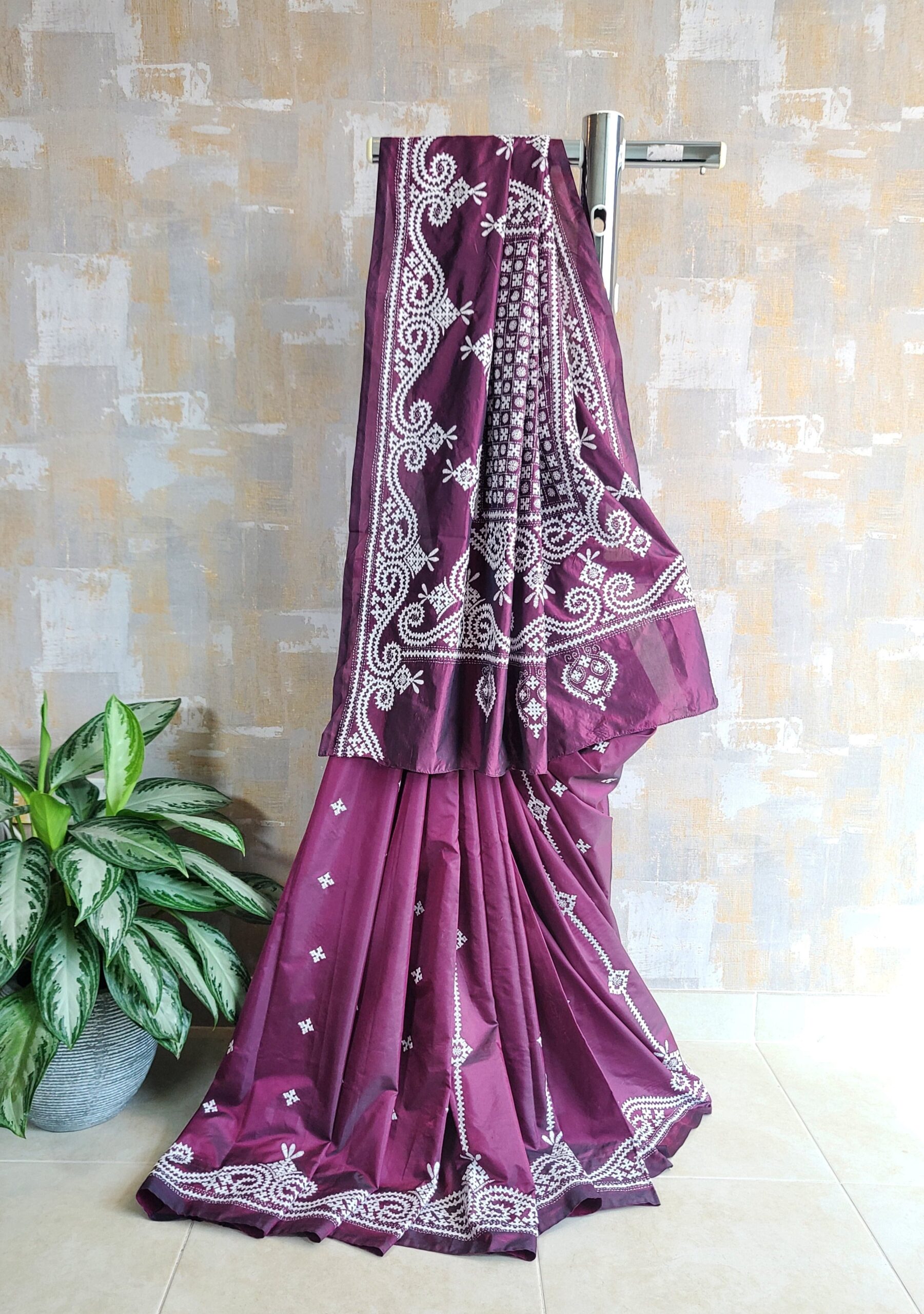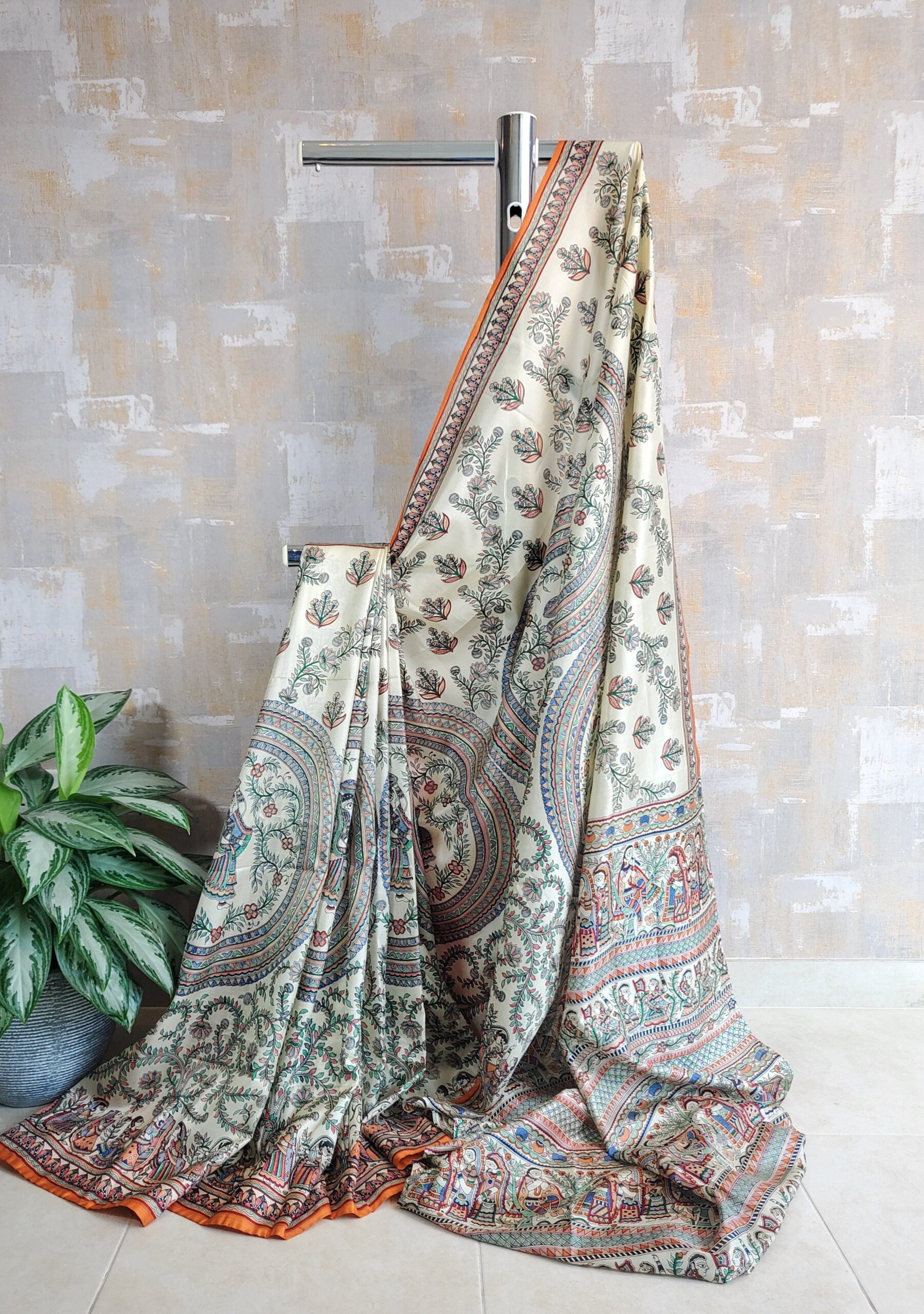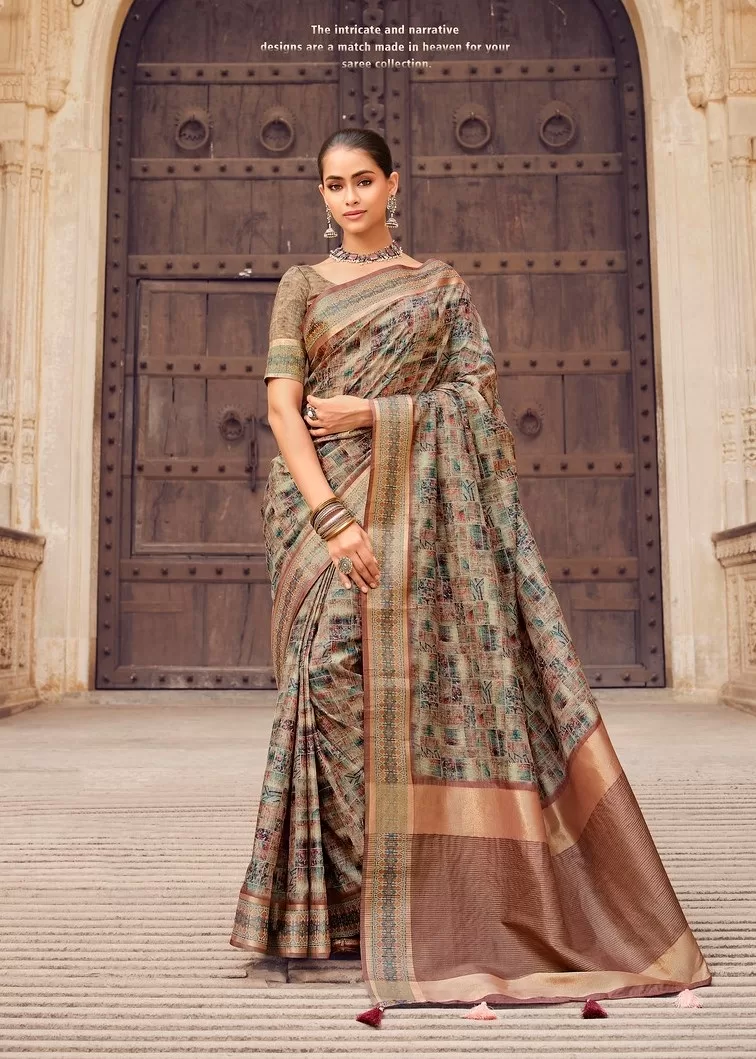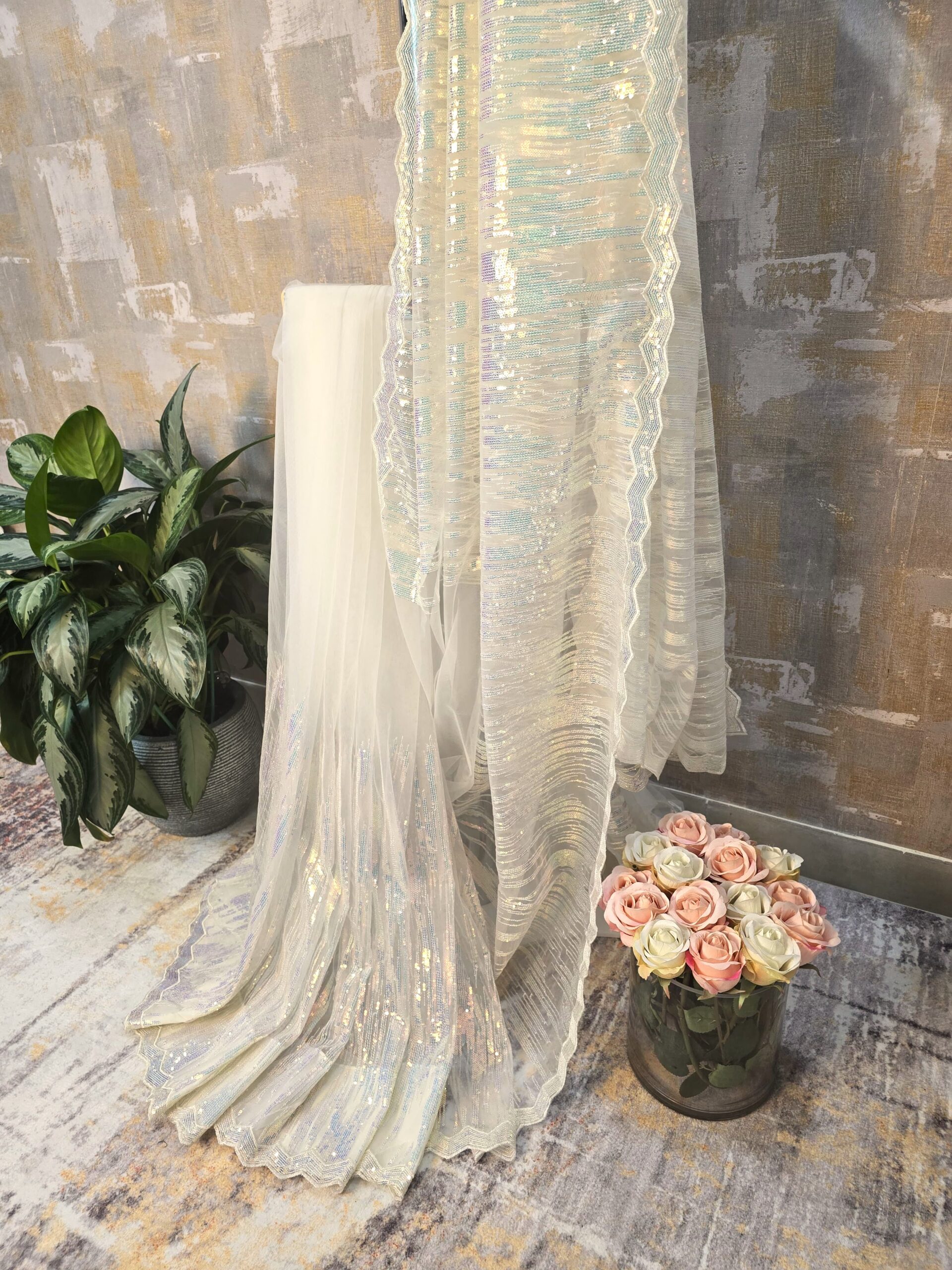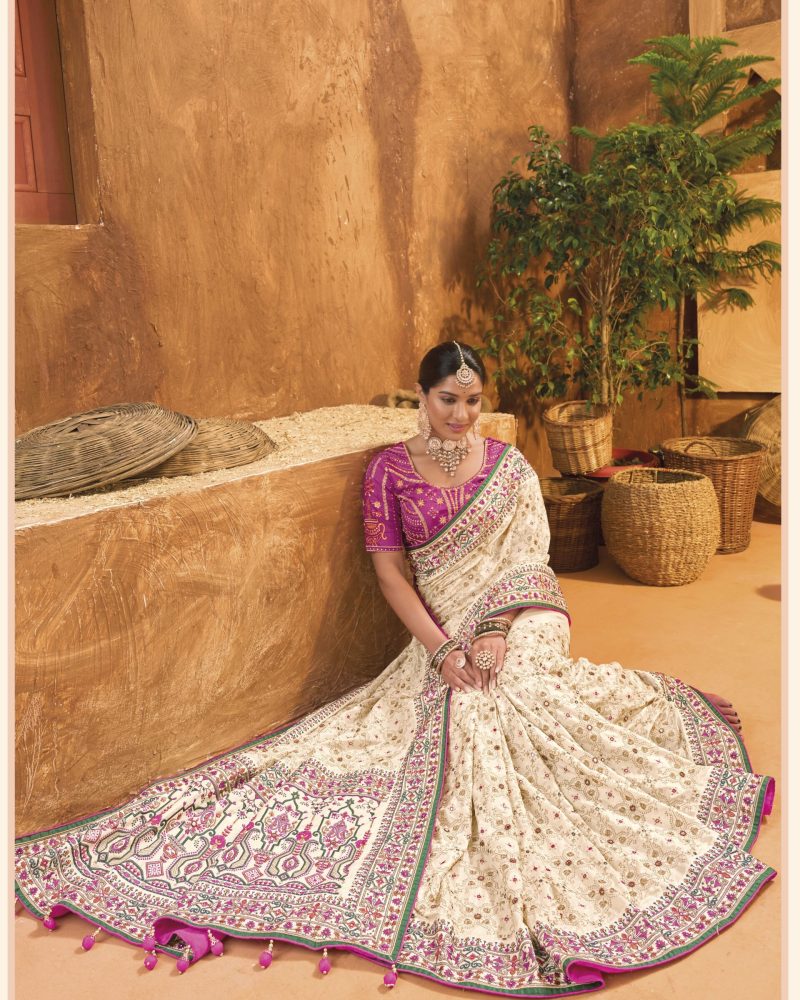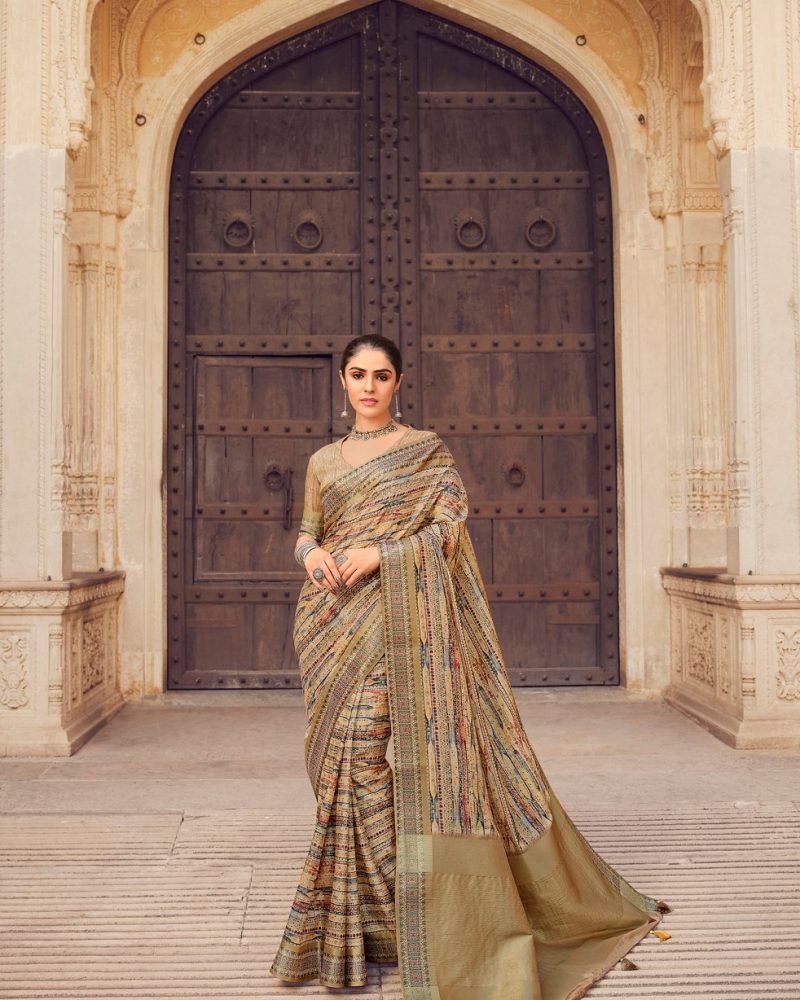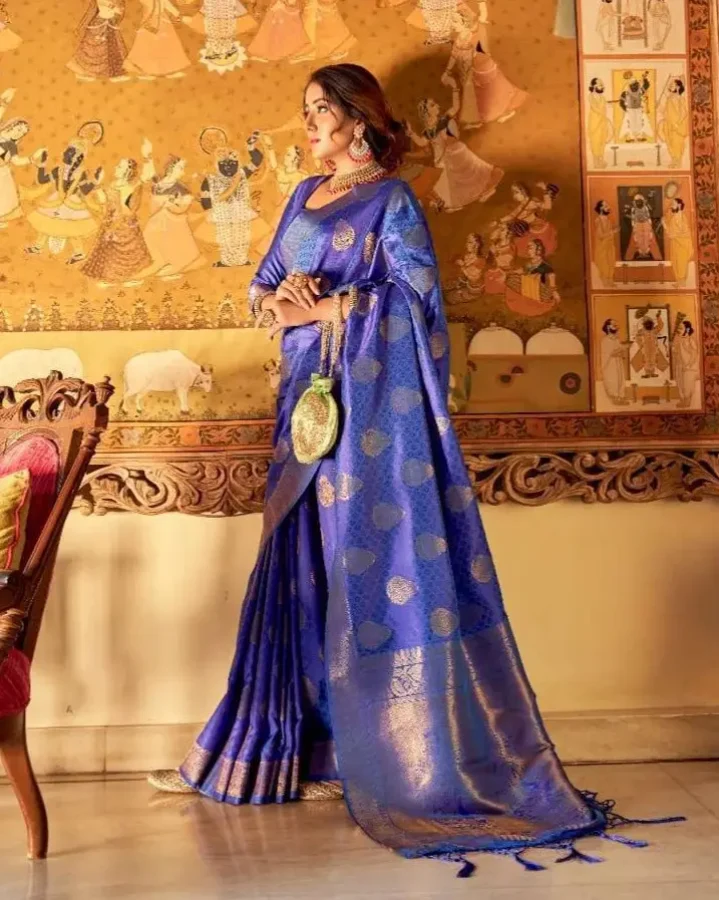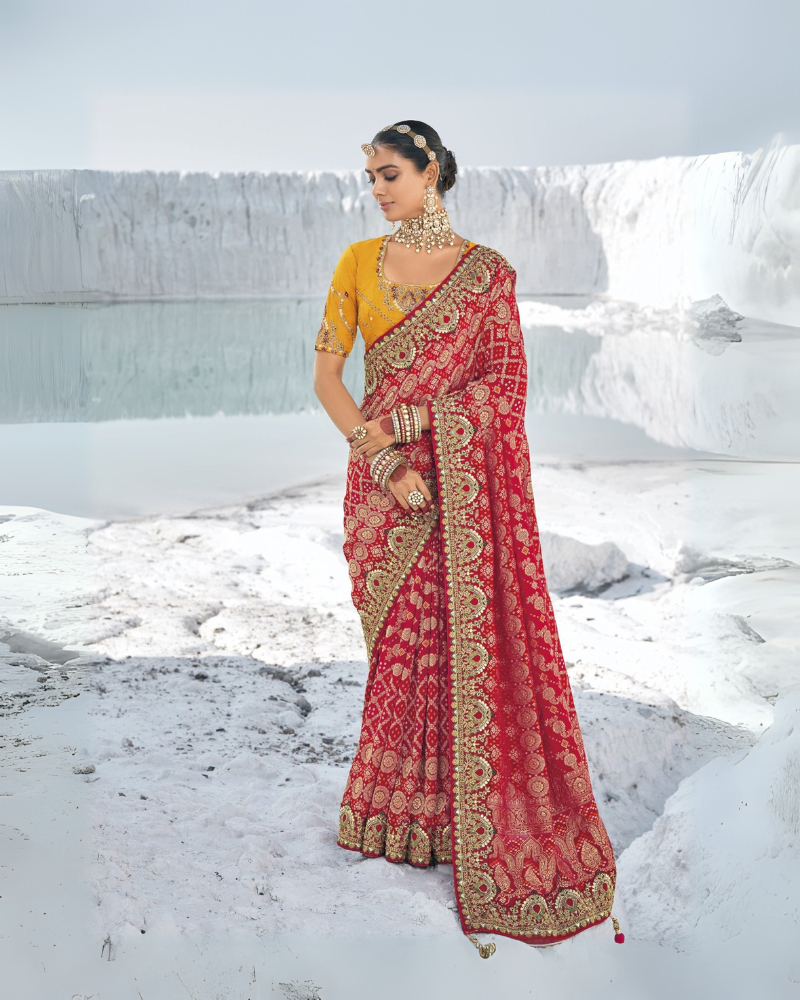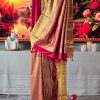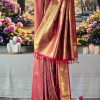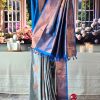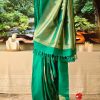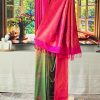Kashi, is the ancient name of a holy city, situated on the banks of Ganges in northern India. The city is now known as Varanasi or Banaras. The Banarasi sarees derive their name from the city of Banaras, the city of their origin, that houses the master craftsmen who weave these marvellous sarees.
Banarasi sarees are cherished as prized possessions by Indian women and are often passed down through generations as heirlooms. These sarees are meticulously crafted by skilled artisans, who pay the utmost attention to every detail. The rich, luxurious fabric, vibrant colours, opulent gold zari embellishments, and exquisite craftsmanship make these sarees anything but understated or subtle. No celebration is complete without the grandeur and glamour of these Banarasi sarees. They are an essential part of an Indian bride’s wedding trousseau.
References to Banarasi clothing can be found in ancient Hindu and Buddhist scriptures such as the Ramayana, Mahabharata, Jataka Tales, and the Vedas. The earliest mention appears in the Rig Veda, a scripture that dates back to around 1000 BCE.
Although Banaras is deeply rooted in Hindu theology and culture, the city is equally shaped by Persian and Mughal influences, as well as Islamic art. This rich multicultural environment contributes to the diversity and beauty of Banarasi sarees, making them truly unique. Mughal Emperor Akbar held a great appreciation for the Banarasi weave, and under his reign, the craft thrived and flourished.
Banarasis are classified by different weaving styles used in their making.
Shikargah Banarasi: The term “Shikar” means hunting. A Shikargah Banarasi saree features intricate depictions of hunting scenes, and carry motifs of forest elements, animals, hunters, and ancient weaponry.
Jaal Banarasi: A Banarasi saree adorned with an exquisite zari weave of floral and leaf patterns, known as a “jaal,” is a magnificent piece of art and is the preferred choice of an Indian bride.
Kadhua Banarasi: In Kadhua weave, the motifs are individually woven, resulting in no loose threads on the backside of the fabric. This technique also allows the incorporation of multiple motifs in one saree.
Jungla Banarasi: This is the most challenging weave of Banarasi sarees, where an all-over floral or creeper jaal pattern is crafted using the Kadhua technique. It is a complex combination of Kadhua and Jaal weave.
Meenakari Banarasi: A Banarasi saree is called Meenakari when colorful Resham threads of yellow, red, green, blue, etc. are incorporated into the weave. The colourful adornment makes these sarees vibrant and visually appealing.
In recent times, Banarasi sarees have embraced Paithani and Patola designs, making them appealing to women with diverse tastes across various states of India.
Banarasi sarees also take on distinct forms depending on the fabric used:
Khaddi Banarasi: is made from georgette, a lightweight, translucent fabric that clings and drapes sensuously.
Katan Banarasi: is crafted from smooth and supple Katan silk, known for its rich and luxurious texture.
Tussar Banarasi: is made of Tussar silk, one of the most delicate and finest forms of silk.
Tissue Banarasi: Tissue is a stunningly rich fabric with a beautiful sheen and glitter.
These sarees have been beautifying the Indian women for ages and will continue to do so for ever in future, with the designers’ and weavers’ ability to adapt and evolve to stay en-vogue and relevant in rapidly changing times.

